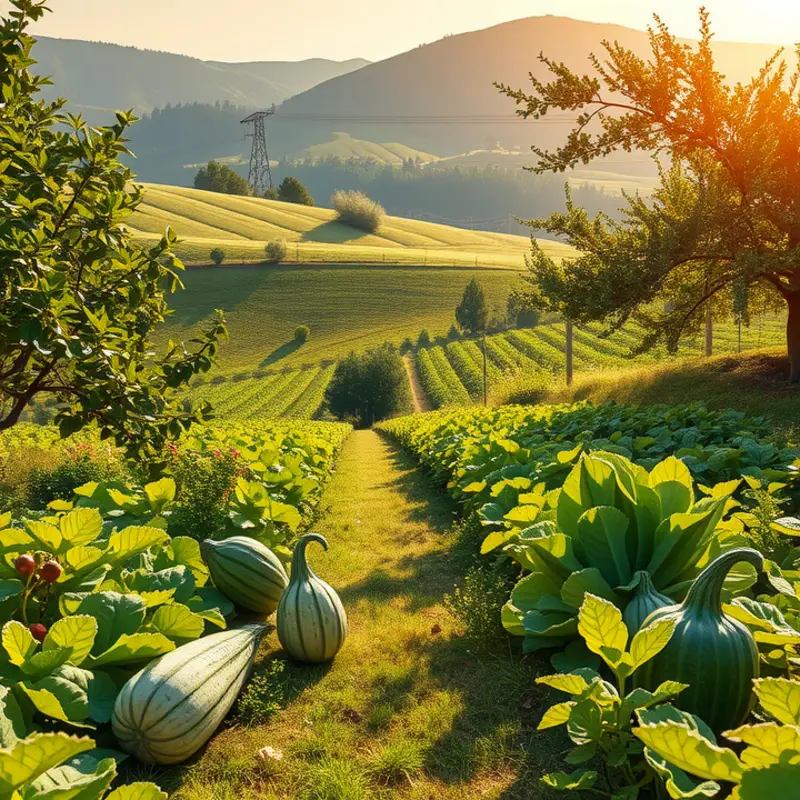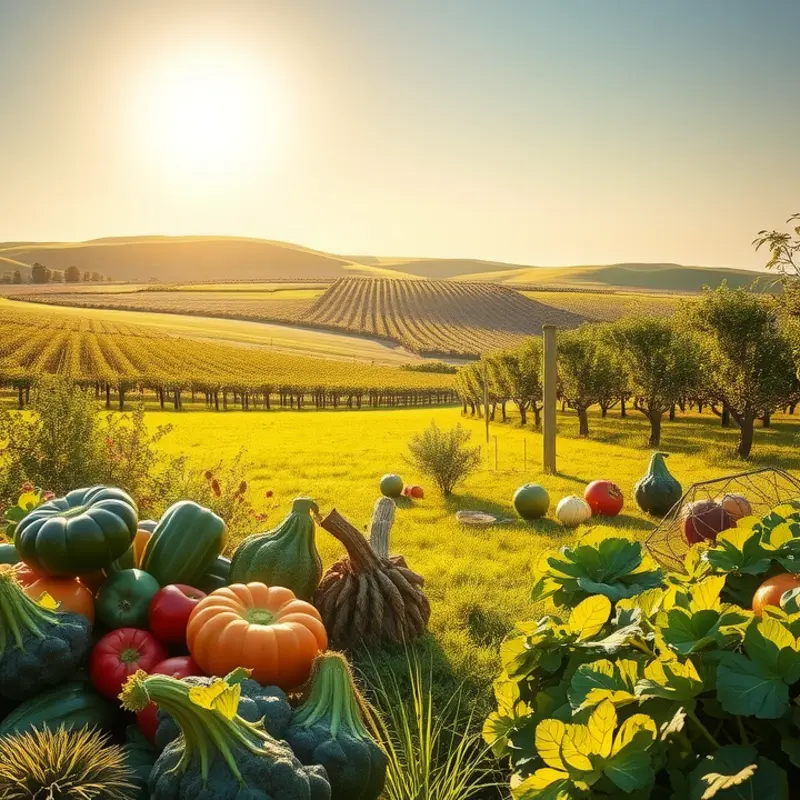Cooked vegetables can be a culinary goldmine in your kitchen, providing not just nutrition but also an opportunity for creativity. By learning how to store, repurpose, and manage these ingredients, you can reduce waste and enhance your meals. Whether it’s transforming last night’s sides into today’s gourmet dishes or knowing the best ways to keep them fresh, safe and enjoyable, the right tactics can make all the difference.
The Art of Storing Cooked Vegetables

Proper storage of cooked vegetables is essential in preserving their flavor, texture, and nutritional value. It begins the moment your vegetables finish cooking. First, cool them rapidly. Allowing them to linger at room temperature increases the risk of bacterial growth. Spread vegetables on a baking sheet or shallow pan for quick cooling. Once they reach room temperature, it’s time to seal them properly.
Use airtight containers for storage to maintain freshness and prevent the vegetables from absorbing odors or flavors from other foods. If containers aren’t an option, consider using resealable bags with most air pressed out. By minimizing oxygen exposure, your vegetables will last longer.
Labeling stored foods is a practice of practical foresight. Note the contents and the storage date on each container or bag. This simple step ensures you utilize your goods before spoilage occurs, reducing waste significantly. Consider implementing a ‘first in, first out’ system within your refrigerator to systematically rotate stored items.
When refrigerating cooked vegetables, remember they are best consumed within three to seven days. Freezing extends their usability, facilitating storage for six to twelve months. Prior to freezing, blanching vegetables briefly in boiling water, then shocking them in ice water, preserves color and texture.
Although storing cooked vegetables effectively prolongs their edibility, it is crucial to be vigilant about potential foodborne illness. Reheat leftovers to an internal temperature of 165°F to kill any lurking bacteria. Avoid letting vegetables linger at room temperatures for extended periods.
Additionally, pay attention to storage conditions that promote eco-friendly practices. By organizing your fridge and freezer efficiently, you can ensure energy savings. The eco-smart kitchen storage guide offers further insights into reducing environmental impact while storing food effectively.
With mindful preparation and proper storage, you’ll find yourself savoring delicious, safe, and nutritious leftovers while making your kitchen both sustainable and efficient.
Creative Ways to Repurpose Leftover Vegetables

Transforming leftover vegetables into exciting dishes is a great way to tackle waste while keeping meals fresh and enticing. By mixing and matching different flavors and textures, you can create meals that satisfy every palate in your household.
Consider crafting a hearty soup or stew by starting with a rich broth base. Throw in vegetables like carrots, potatoes, and green beans, allowing their flavors to meld and deepen. Adding spices like cumin or turmeric can bring a new dimension to your dish. For variety, try adding legumes or grains to build a complete, nutritious meal.
Salads also present a versatile canvas for leftover vegetables. By chopping and mixing them with fresh greens, a dash of olive oil, and vinegar, a refreshing side or main course is at your fingertips. Incorporate textures with nuts or seeds, and if you’re looking to add some protein, grilled chicken or tofu can make the salad a more hearty affair.
Stir-fries offer another excellent option, marrying ease and flavor. Sauté vegetables such as broccoli, bell peppers, and zucchini in a wok with a touch of soy sauce, garlic, and ginger for an Asian-inspired dish. Stir-frying brings out the vibrant colors of the veggies, making it visually appealing. For those watching sodium intake, explore flavor boosters without salt.
Frittatas and omelettes are ideal breakfast or brunch options. Use leftover spinach, mushrooms, and onions, combining them with beaten eggs for a quick meal solution. The key is to cook the vegetables before adding them to the eggs, ensuring they stay tender without becoming mushy.
Repurposing vegetables is not only about flavor but also about efficiency. Properly integrating these meals into your weekly planning can optimize your grocery list and pantry space. For tips on minimal prep dinner ideas to complement your vegetable repurposing, consider exploring practical ingredient batching strategies.
Embrace the endless possibilities that leftover vegetables provide. With a bit of creativity, they can become the heroes of your next meal, proving that minimizing waste need not be mundane.
Final words
Embracing the practice of repurposing cooked vegetables not only minimizes waste but also encourages culinary creativity. By applying effective storage methods and exploring inventive ways to enjoy yesterday’s meals, you can savor every bite while promoting sustainable food practices. Remember, the key to reducing kitchen waste lies in knowing how to store and reuse your ingredients wisely. So next time you have leftover cooked vegetables, consider the many possibilities at your fingertips!







